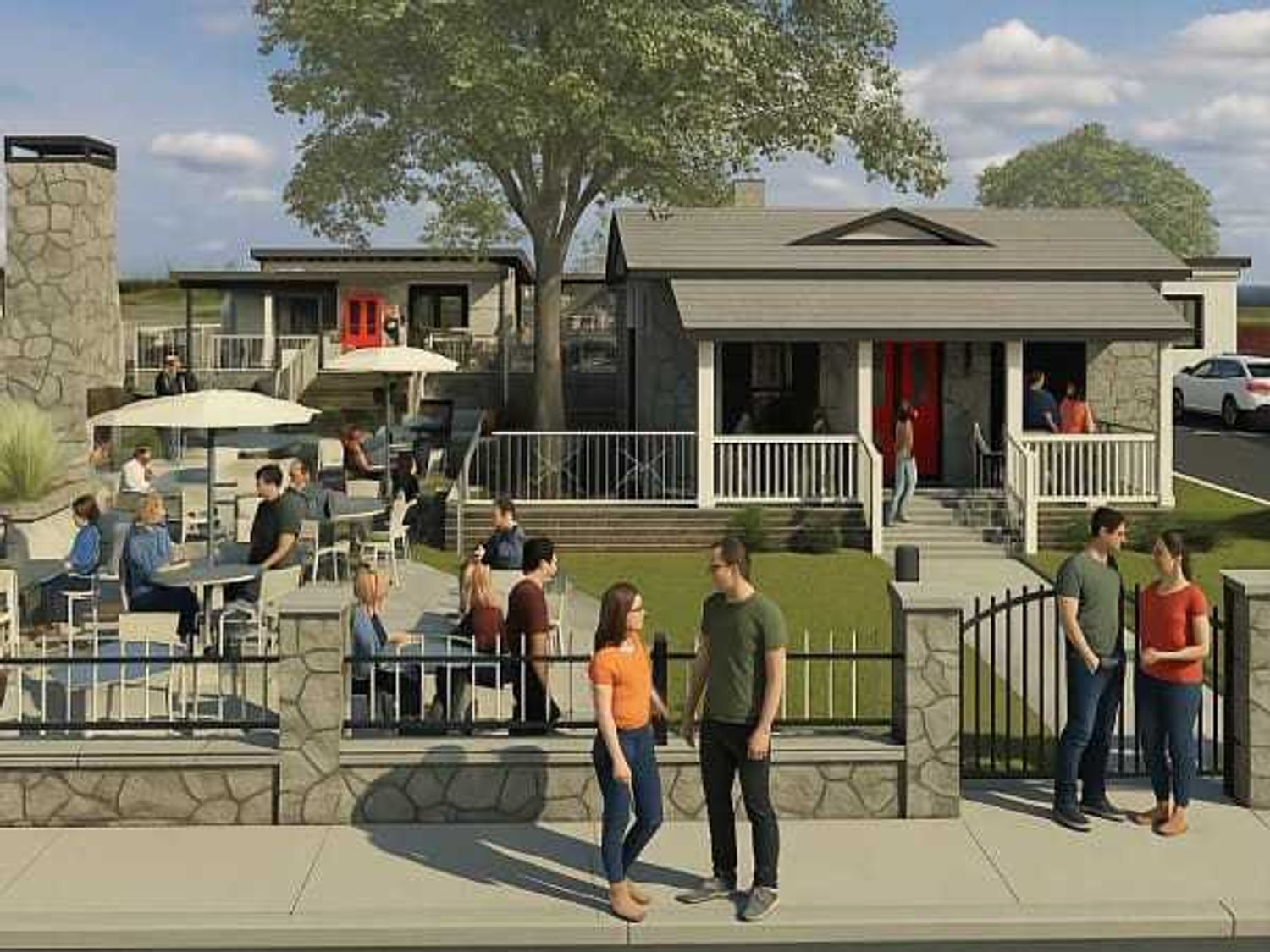Lay of the Land
100-mile trail connecting San Antonio to Austin could spring $55 million in benefits

A proposed 100-mile network of trails from the Alamo to the Capitol could generate more than $55 million in annual economic, health, and other benefits, according to a recent report released by the Great Springs Project. The project envisions trails traversing protected lands and the Edwards Aquifer to link four iconic Texas springs: Barton, San Marcos, Comal, and San Antonio Springs.
Though final trail routes remain to be determined by a Trails Plan, scheduled for completion by December of this year, the report uses a best estimate of those routes based on the springs, existing trails, and local trail plans.
“This report is one of the first steps in the trails plan,” says Emma Lindrose-Siegel, Great Springs Project chief development officer. “Part of it was being able to articulate why this work is valuable, to point to the benefits of the trail itself and the goal of conserving 50,000 acres of land.”
The analysis estimated the number of bicycle and pedestrian trips on the trail system, the corresponding reduction in vehicle trips and vehicle-miles traveled, potential benefits that would accrue once the entire trail system is constructed, and ecosystem services associated with land conservation along the trail corridor.
“Trails make us healthier, and access to outdoors is a reason people want to live here,” Lindrose-Siegel says. “We wanted to quantify that for the community and our stakeholders.”
Estimated economic benefits total $23.3 million, including estimated spending on goods, services, and lodging from non-local visitors to the trail. Transportation benefits of $11.4 million include fewer vehicle miles traveled and associated reduction in congestion, collision, roadway maintenance costs, and vehicle emissions. Estimated health benefits, $1.8 million, factor in increased physical activity and the resulting decrease in healthcare costs. Ecosystem services benefits total an estimated $19.2 million. These include improved water quality, stormwater management, wildlife habitat, and carbon sequestration.
Preserving 50,000 acres of undeveloped land and reducing emissions as a result of fewer car trips (replaced with biking or walking trips) produce the carbon sequestration benefits. An estimated 5,500 walkers and runners and 4,800 cyclists are expected to use the trail each day.
Lindrose-Siegel cites growing crowds on existing area trails, along with the number of people projected to use the Great Springs routes, as evidence of the need for the project.
“We anticipate people traveling to the trail for recreation, or going the whole Alamo-to-the-Capitol distance. There will be people who, say, live in Kyle and want to go to San Marcos and not get on I-35,” she says. “We anticipate a lot of bikers and trail users will be people using it for transportation.”
On comparable trails, 33 percent of trail users are not from the area. If that holds here, it represents an estimated 1.1 million non-local users per year — who will spend money on food, entertainment, bicycle rental, lodging, and the like. Additional economic benefits could include jobs related to trail construction and maintenance.
All the projections are based on usage estimates and survey results from similar trail systems in Texas and throughout the Southeastern United States, extrapolated through the use of various multipliers from national studies and quantified in terms of monetary value where appropriate.
The report also highlights the use of the natural infrastructure of conserved land to reduce catastrophic flood damage and save millions of dollars per year. Texas anticipates $31.5 billion in statewide flood mitigation costs during the next 10 years.
“That’s an important part of the report, highlighting the role of strategic land conservation in reducing catastrophic flood damage,” Lindrose-Siegel adds. “Sometimes it can be hard to see why an investment in trails is worthwhile, but as this report shows, it has so many benefits. Being able to quantify and articulate that in a way that people can relate to really helps build support for this project, which is going to have a meaningful impact on people’s lives for decades to come.”
The report was produced with guidance from Alta Planning + Design and the National Park Service.

 Hill & Bach Cellars will bring Paso Robles wine to Boerne. Rendering courtesy of Hill & Bach Cellars
Hill & Bach Cellars will bring Paso Robles wine to Boerne. Rendering courtesy of Hill & Bach Cellars